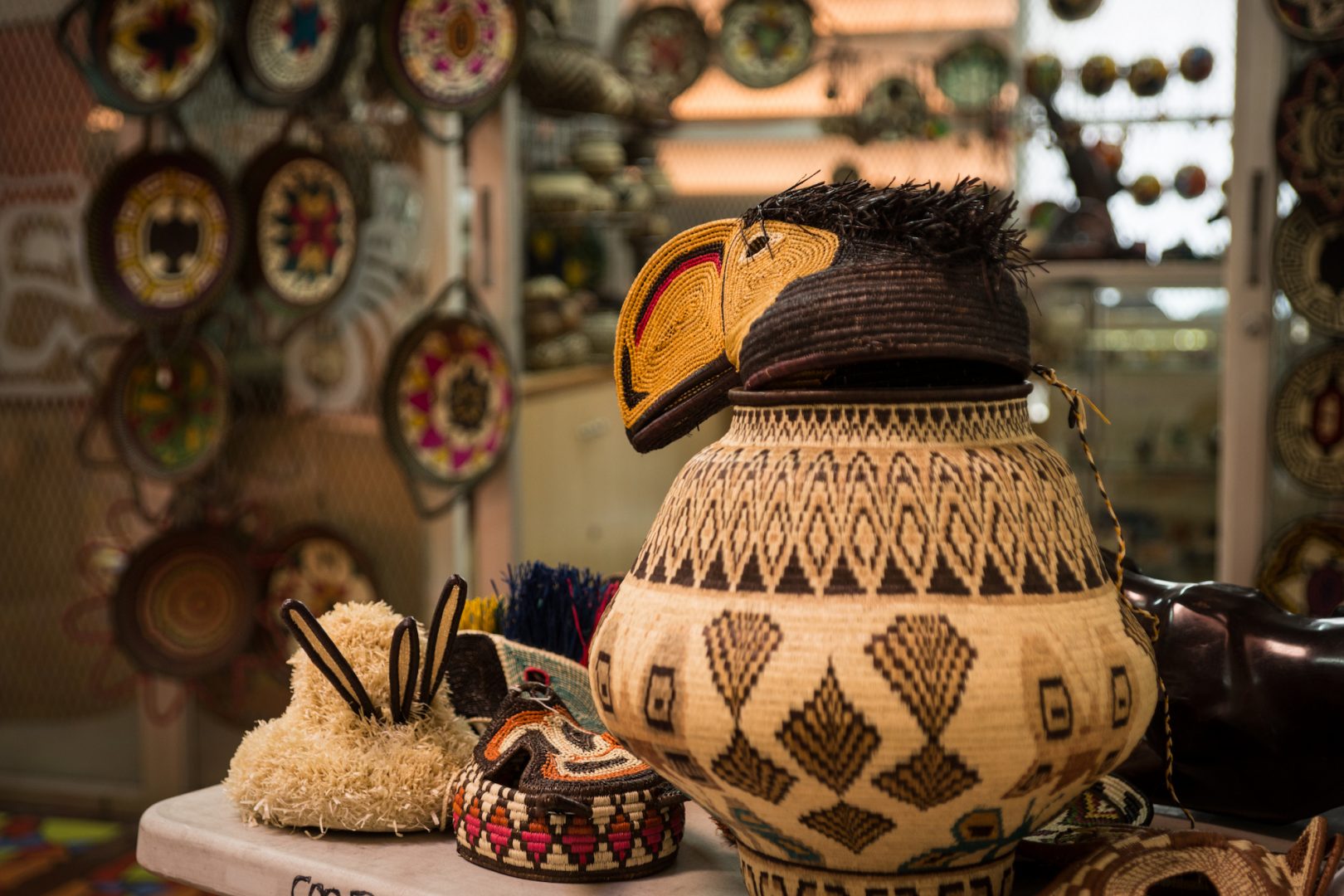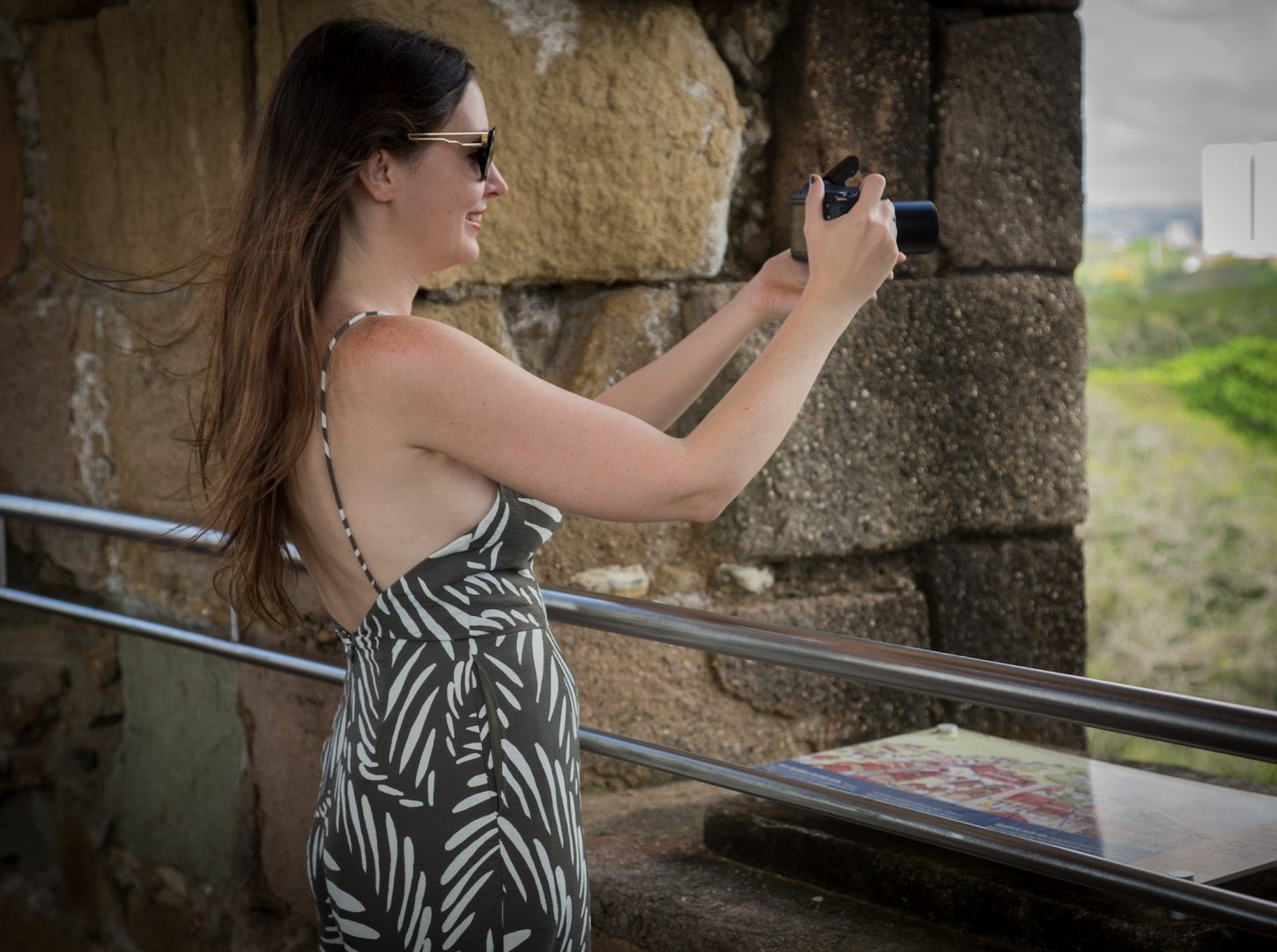If you are Panamanian you should ask yourself, when was the last time you went to Panama Viejo? For many, the answer is probably “when I was at school” or “years ago when I received a visitor.” I have to admit that I fall into that category, since the last time I went was many years ago when a friend from the university came to visit me. I contacted the Patronato de Panama Viejo to pay them a visit and I was surprised at how beautiful it is.
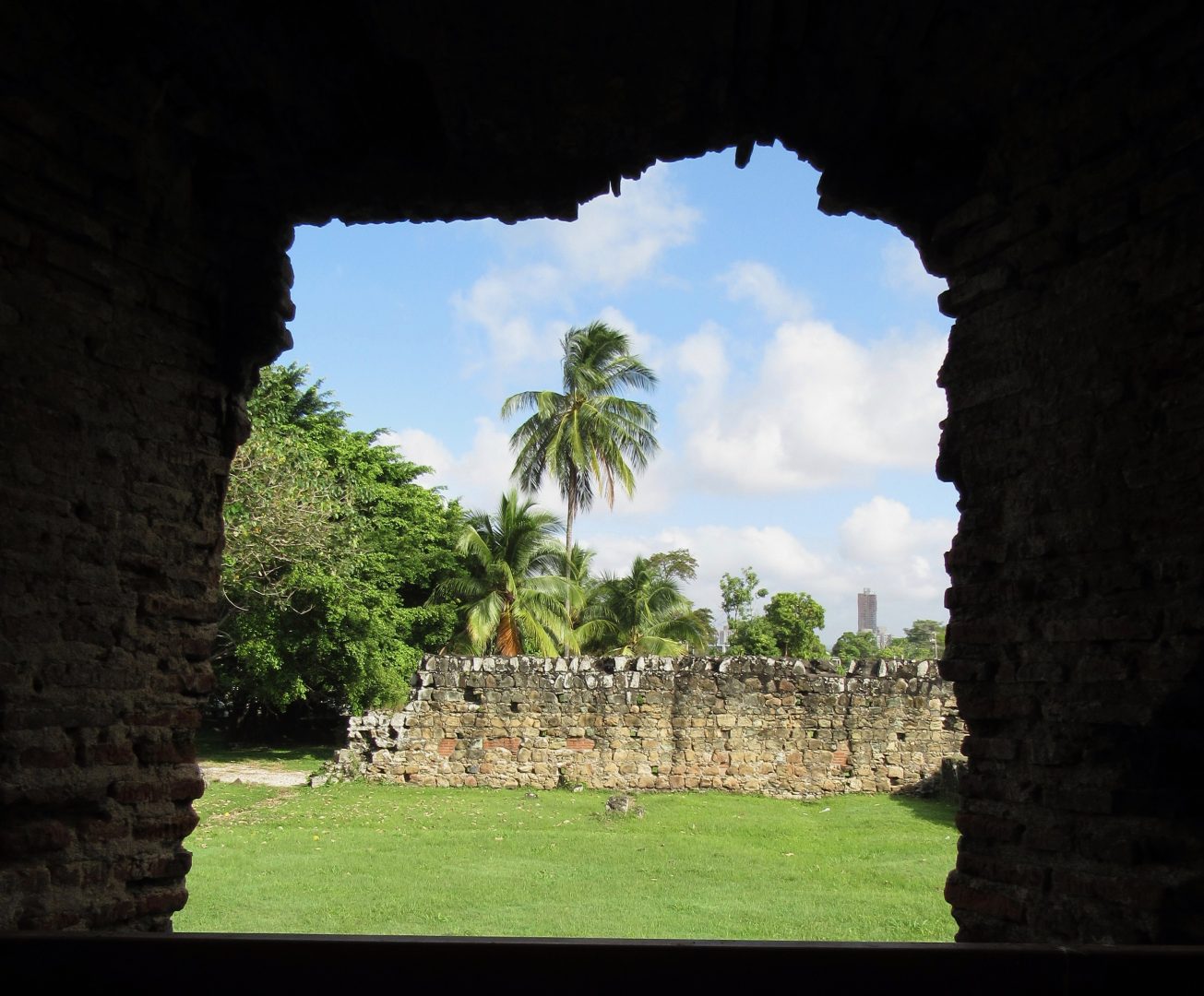
I parked in front of the Craft Center and walked to the Administrative Center to meet Aura Guerra. In this area you can find the new bookstore and the specialized laboratories. She told me that the Visitor Center building would be displaying a collection of Colonial Cartography of Panama from January 31 to July 15, 2018. More than 60 original maps show how the isthmus was perceived between 1503-1865. These maps were made by cartographers, navigators and geographers. This exhibition is part of the events that the Patronato de Panama Viejo is organizing to celebrate the 500 years of the city.
During 2018 and 2019 there will be temporary exhibitions with the 500-year Commission. You can visit their website if you want to know more information.

Useful information to plan your visit
Aura took us on the free transport to the Convent of the Conception and introduced us to Marlenys Salazar who was our guide. The entrance fee includes a guide that can be organized in advance if you go with a group.
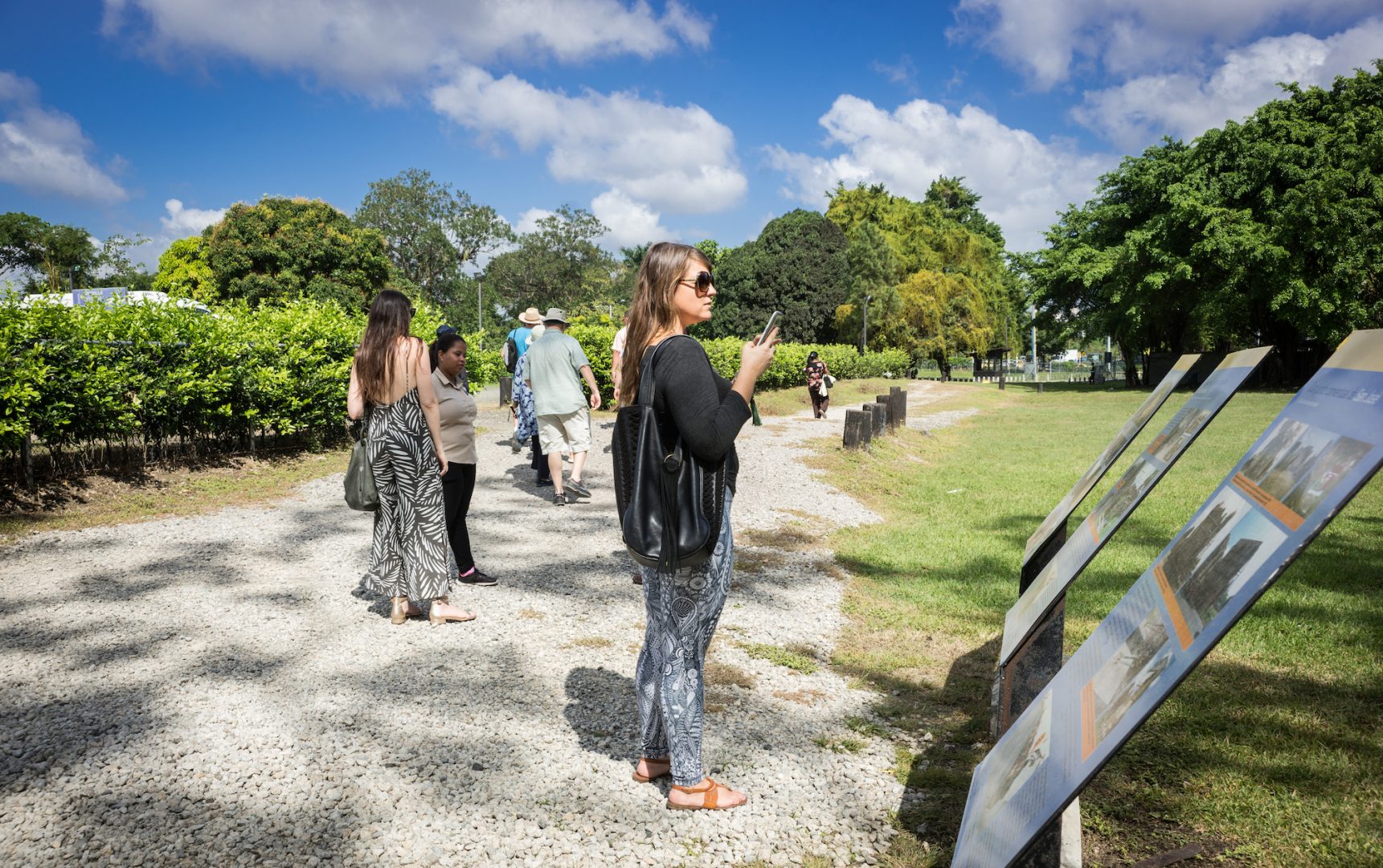
The museum has floor guides and there are guides that take you through the ruins of Panama Viejo. There are two ticket offices to enter: by the Convent of Santo Domingo and by the Visitor Center. At the entrance you can check the availability of the guides.

If you want to go on your own, all the monuments have panels with information in Spanish and English, just like the museum. At least an hour and a half is recommended to tour the ruins. If you get tired of walking the 1.5 kilometers you can take the train that goes on a circuit through the ruins that takes 15 minutes.
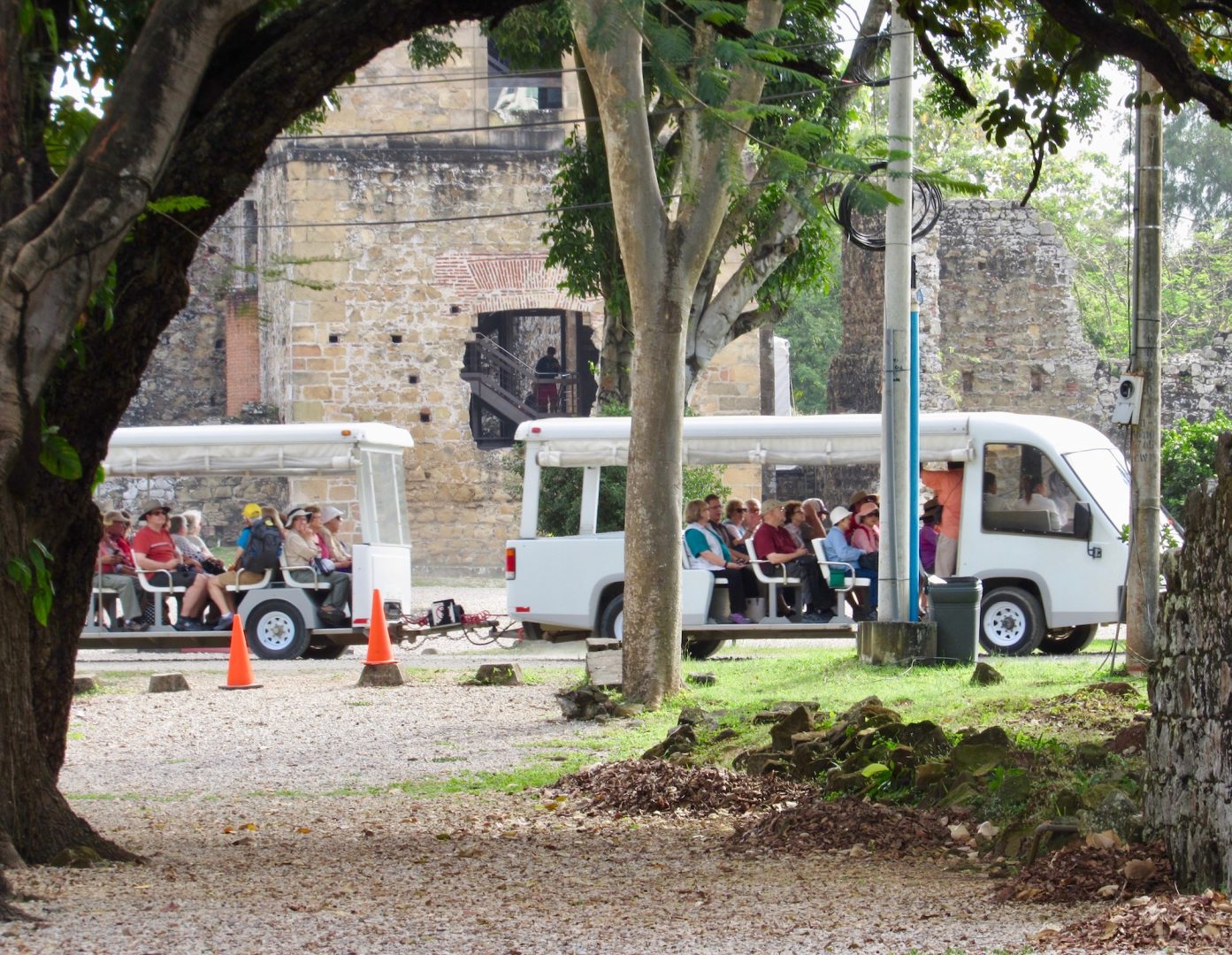
The entrance fee for foreign adults is $15. National adults and residents pay $10 from Tuesday through Friday and $5 on Saturdays and Sundays. Retirees pay $5 and national and foreign children $2. The ruins of Panama Viejo are open from 8:30 a.m. to 4:30 p.m. every day except Mondays when they are closed.
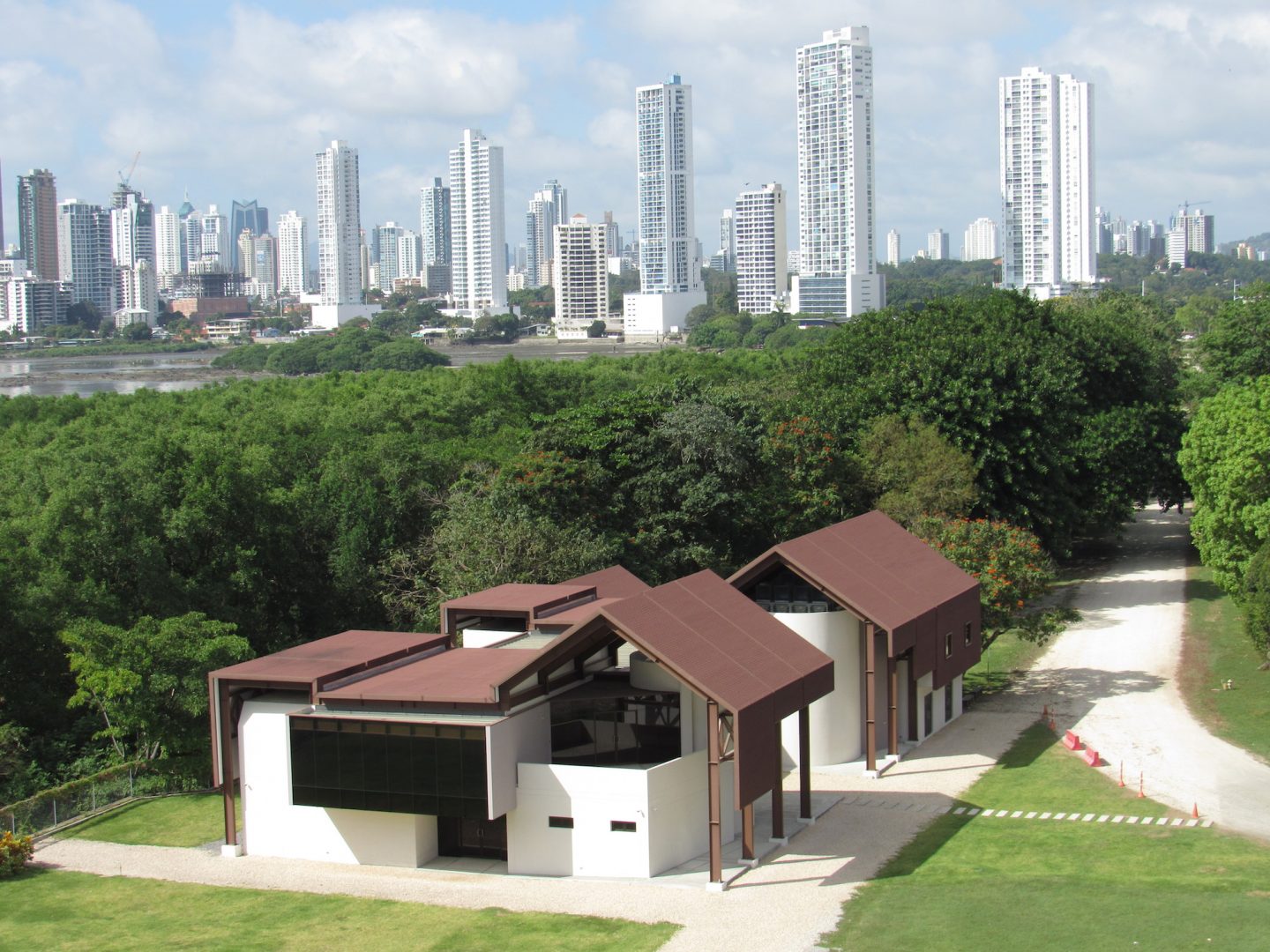
Panama Viejo was the first European city in the Pacific Ocean
Founded on August 15, 1519 by the conqueror Pedro Arias Davila, commonly called Pedrarias, this city was the first in the Pacific Ocean. The Spanish conquerors had already established cities in the Caribbean such as Santa Maria la Antigua del Darien and Acla.
This area was already inhabited by the indigenous Cuevas who died by contracting the diseases brought by the Spaniards. The houses they originally built were made with native wood such as loquat and cocobolo. Then they started building using calicanto, a mixture of lime, ground shell, sand and water that was compacted and used to glue the stone edges.
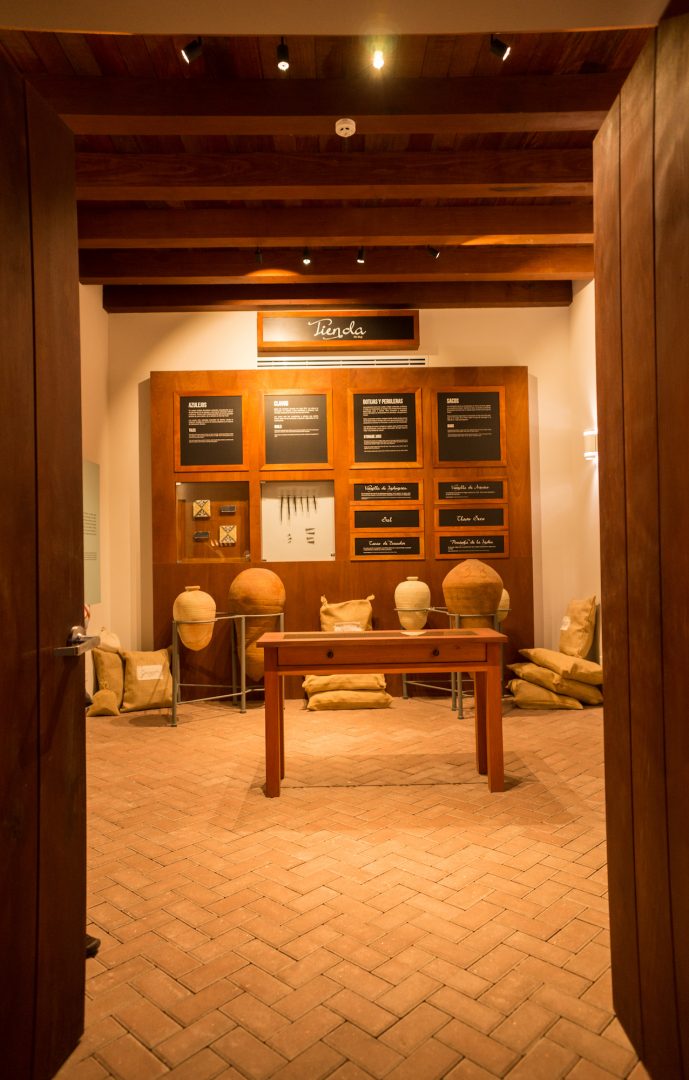
On September 15, 1521, Panama receives city status through a royal decree. It also received a coat of arms of Carlos V of Spain. The crown order was that they should continue to populate the new continent and by 1610 the city had achieved a population of 5,000 people with convents, churches, hospital and a cathedral.
One of the most important trade routes of the time
The location was strategic, since the Naos, Perico and Flamenco islands that now make up the Amador Causeway were the main ports of the Spaniards. From Panama they went on expeditions to Peru to look for gold and silver that would later be sent to the motherland.
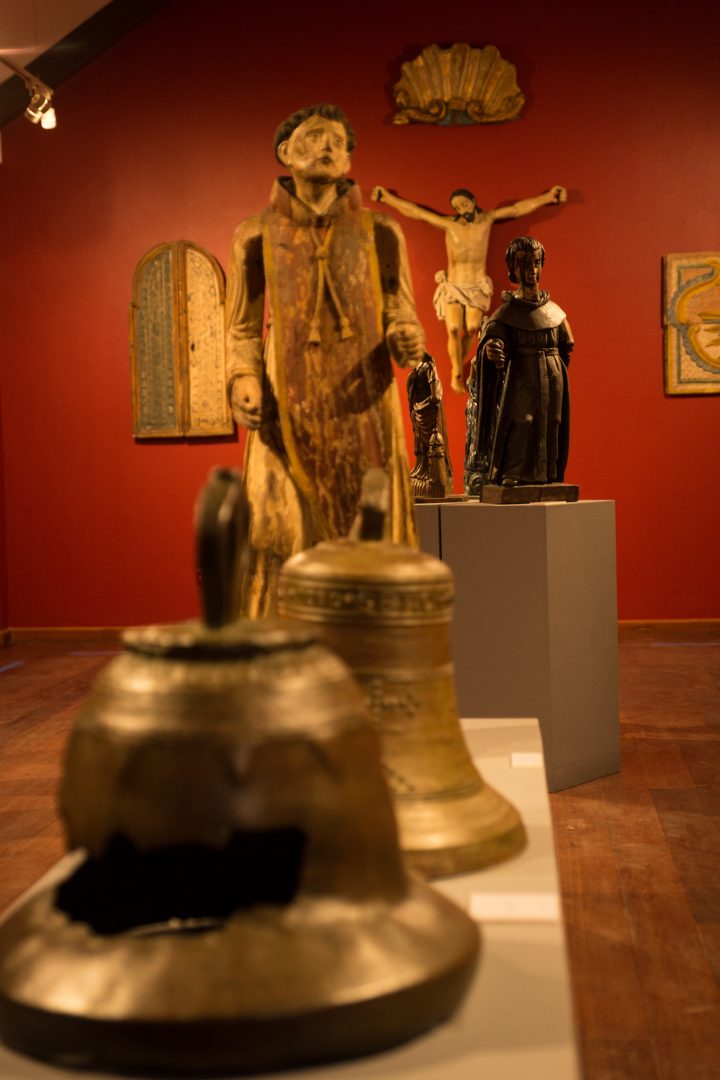
There were two ways to enter the city, from the north and from the west. The King’s Bridge was in the north communicating the city with Nombre de Dios or Portobelo in Colon. This journey was shorter, lasted only four days but was more dangerous. This bridge has no pillars and is one of the best preserved architectures today. The Slaughterhouse Bridge was the entrance to the ‘Camino de Cruces‘ that led down the coast of Colon and San Lorenzo Fort. This road took 8 days but it was safer since the Spaniards guarded it from Venta de Cruces, currently known as Gamboa.
A city destroyed by pirates and their governor
The city of Panama Viejo suffered several attacks by pirates and natives of Darien at the beginning of the seventeenth century. In 1620 an earthquake damaged many buildings and then in 1644 a large fire destroyed 83 religious buildings.

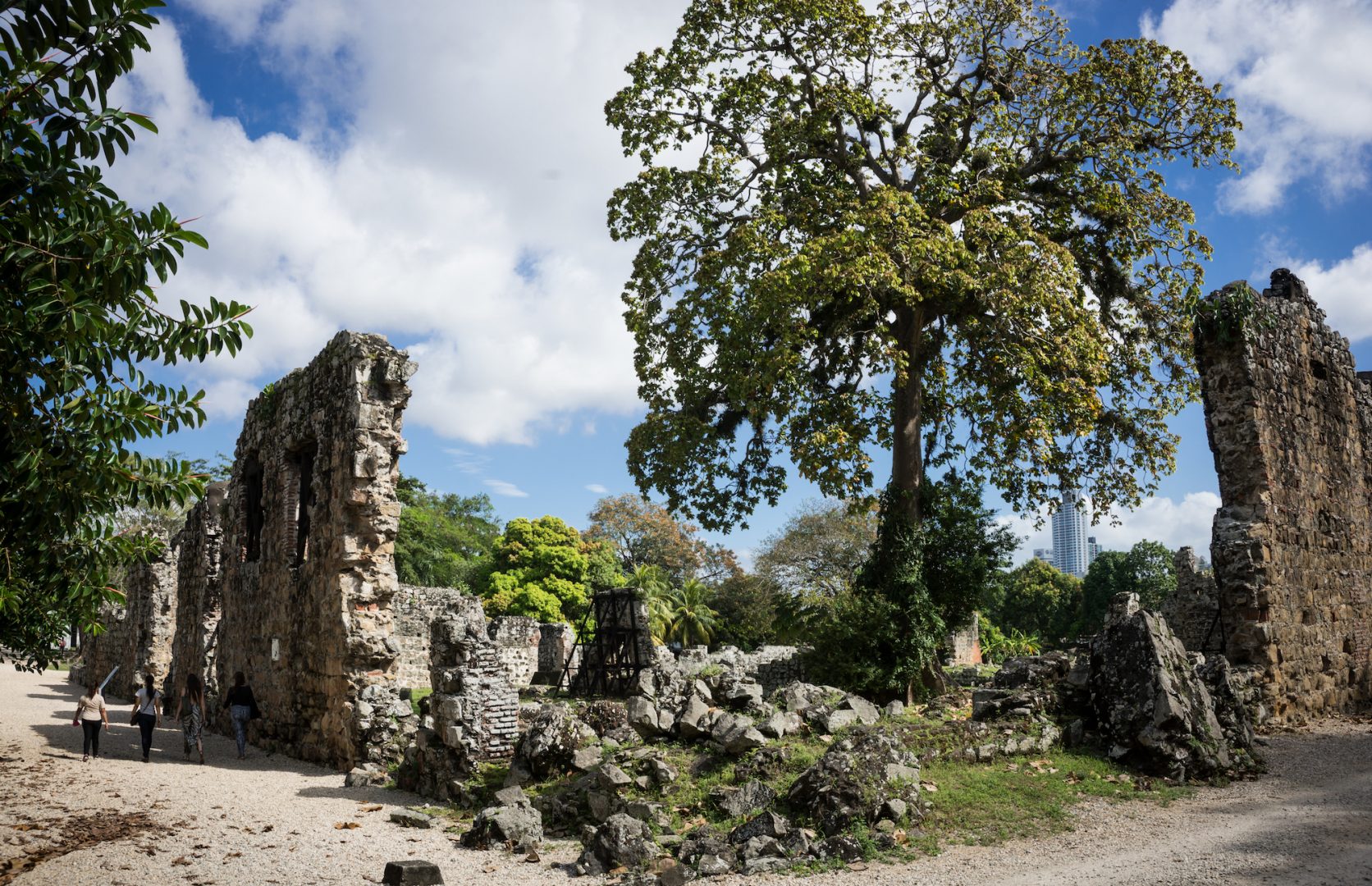
The city moves about 7.5 kilometers to the west in what is now known as Casco Viejo or Casco Antiguo. Both cities share the designation of World Heritage according to UNESCO.

In the museum of Plaza Mayor, which was inaugurated in 2017, you can see a complete map of what Panama City used to be like originally.
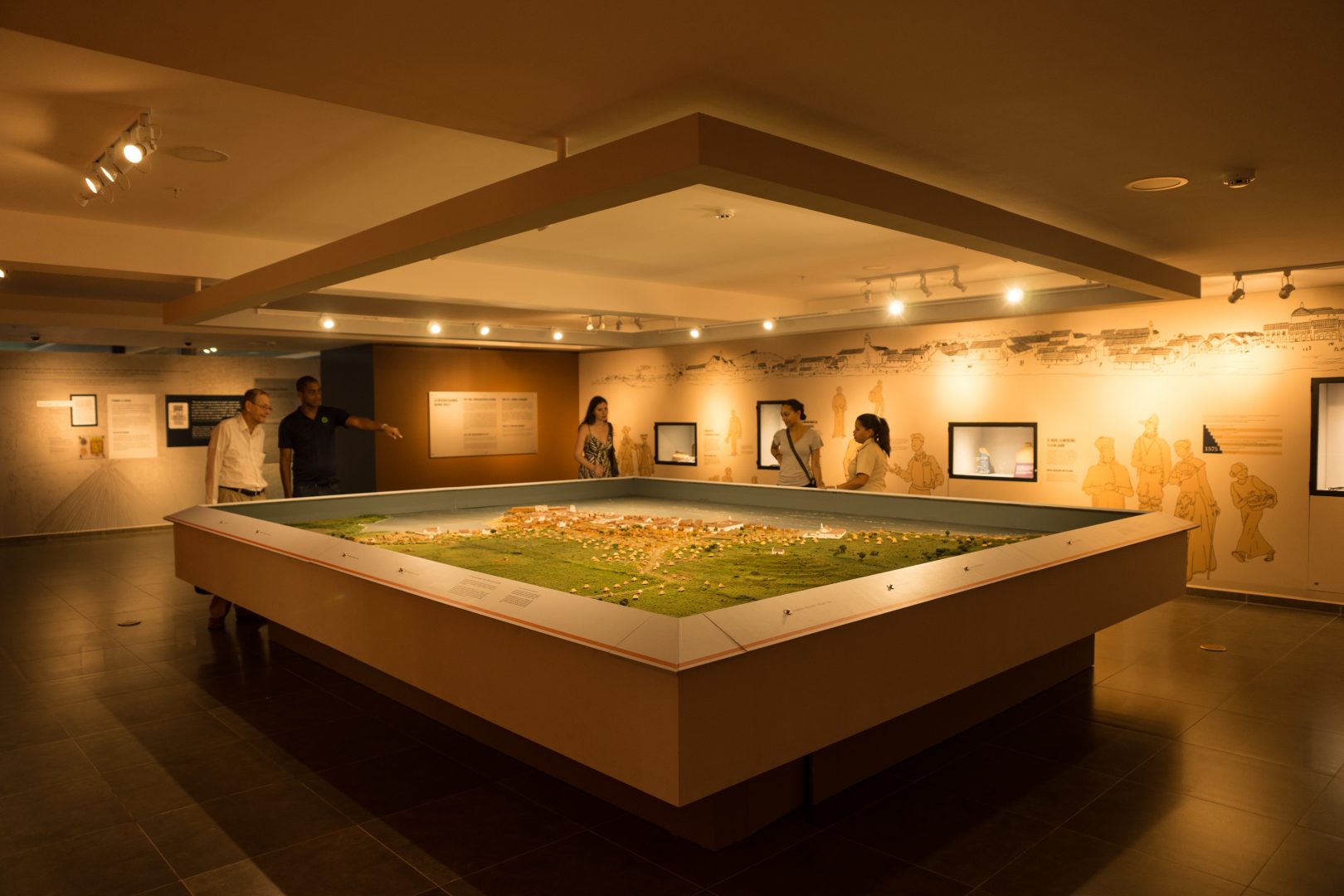
Panama Viejo is forgotten
The Historic Monumental Complex of Panama Viejo was designated by Law 91 in December 1976. Its location is between the mouths of the Algarrobo and Abajo rivers. This part is the narrowest in the isthmus. This city in the seventeenth century had about 60 hectares. Currently only 28 hectares are within the perimeter fence. Houses were built around the ruins and then it was impossible to relocate them. There are two main monuments: the Church of San Jose and the King’s Bridge were outside but are still maintained.

Panama Viejo was forgotten for many years. In the dictatorship it was used as a stable and main barracks. As a reminder of this era you can see a Roman columns in the Plaza Mayor that are totally out of place. The monumental complex was under the jurisdiction of the Municipality of Panama and the National Institute of Culture (INAC).

The Patronato Panama Viejo restores the historic site
At the end of 1995, the Panama Viejo Board of Trustees, a mixed, non-profit institution, is created. Its main objectives focus on the protection, conservation, investigation and value of the ruins. The funds for its maintenance come from INAC, the Tourism Authority, Kiwanis, UNESCO, Banistmo and other companies. Currently the Board has 50 employees.

In 1996 the first archaeological excavations and restorations begin under the supervision of Marcelina Godoy. They found 150 human bodies in a range of 5 square meters in the Plaza Mayor that are in the conservation laboratory in the new museum. The Spaniards paid to be buried in the Cathedral. It was believed that the closer they were to the altar the faster they went to heaven.

They also found archaeological sites from the pre-Hispanic era. In the museum you can see ceramics, primary and secondary human remains. They have what is called a bone pack. The indigenous Cuevas took the body to a farther place for the animals to eat it, then put a cloth and buried them. These remains are from 1,800 BC.
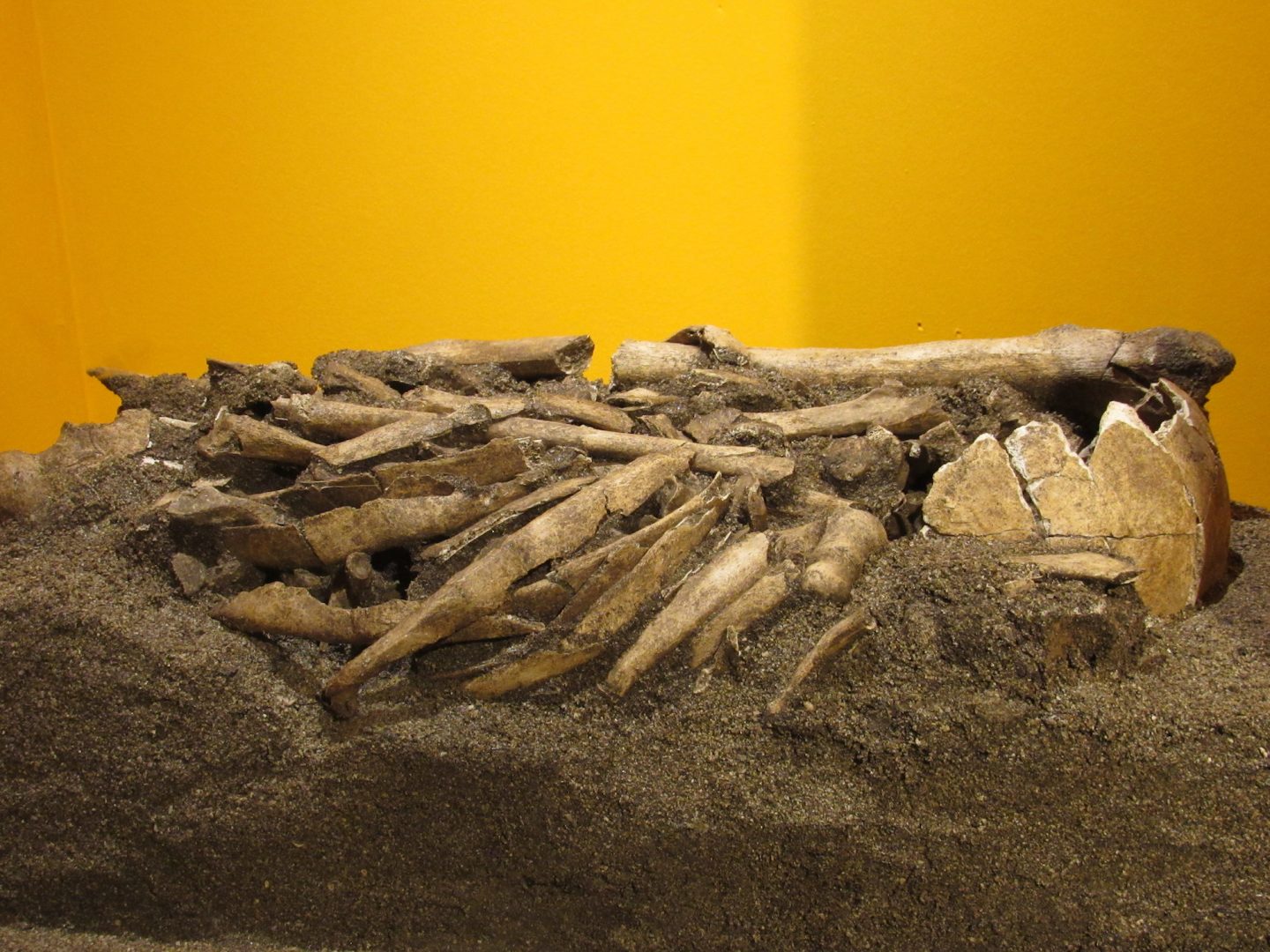
On July 5, 2003, the UNESCO World Heritage Committee included Panama Viejo on the World Heritage list. It was an extension of the Historic District of Panama (Casco Viejo).
The restored monuments can be visited
The ‘Convento de las Monjas’ is probably the most complete and that was because it was never finished building. Today it is used to make social events, but many years ago it was a site for nuns who even lived in seclusion for 2 years.

These nuns were wealthy ladies who did their housework on the site. Originally they were Peruvian, not Spanish, so the Virgin of Grace found in the monument in the background is a replica brought in 2005 of the original that was taken to Peru. These nuns had a cistern that served as a reservoir of rainwater. They collected 124 thousand liters of water that was then sold.

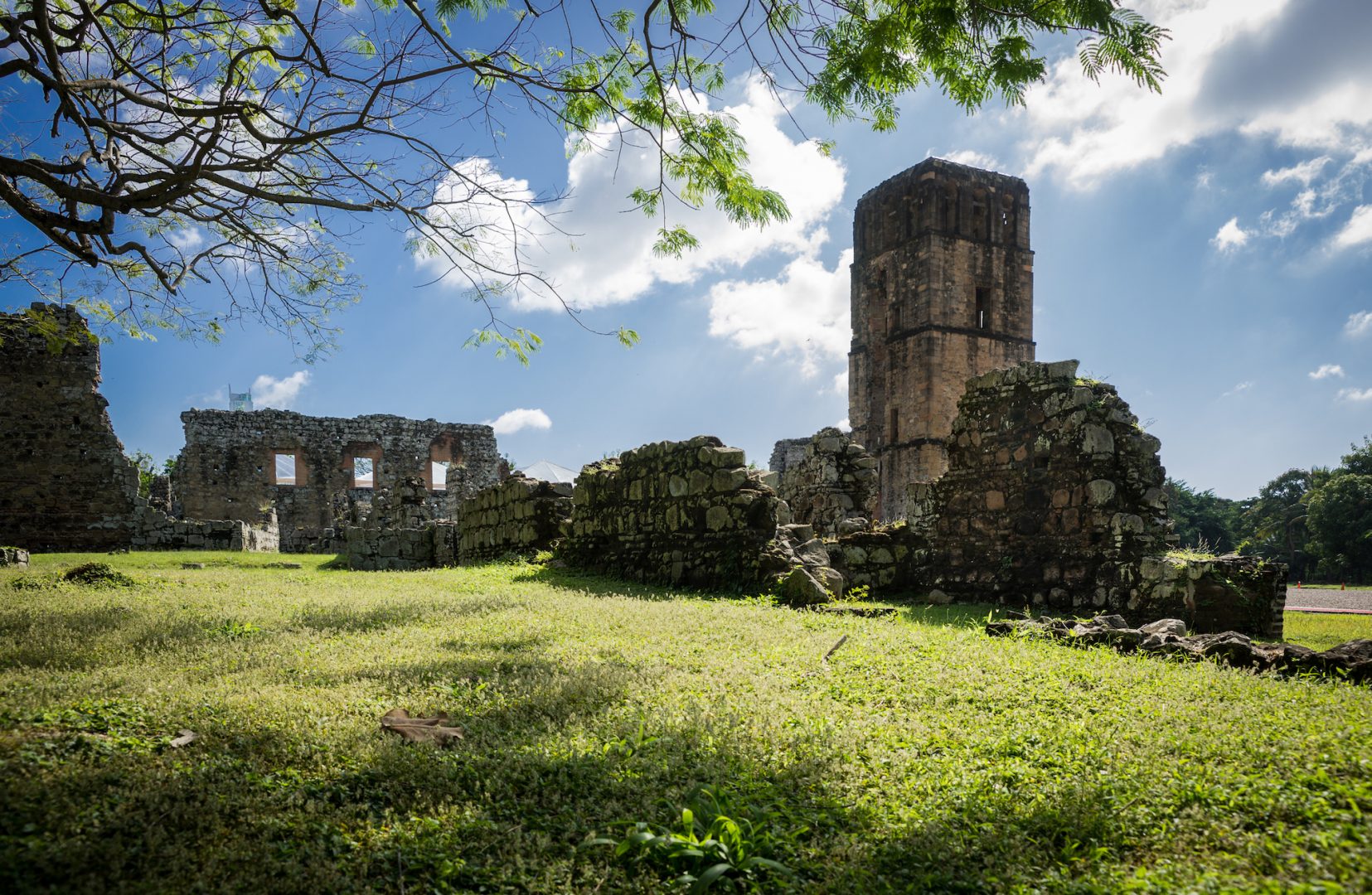
The reconstruction began in 2001 and ended in 2006. Finally in 2007 visitors were able to climb the 115 steps from 5 to 5 until they reached the top. The mass that was given in the cathedral was in Latin and the priest turned his back on the parishioners because it was a sin to turn his back on the main altar. The Cathedral was next to the Plaza Mayor where all the economic, social, religious activities were done, including public punishment.
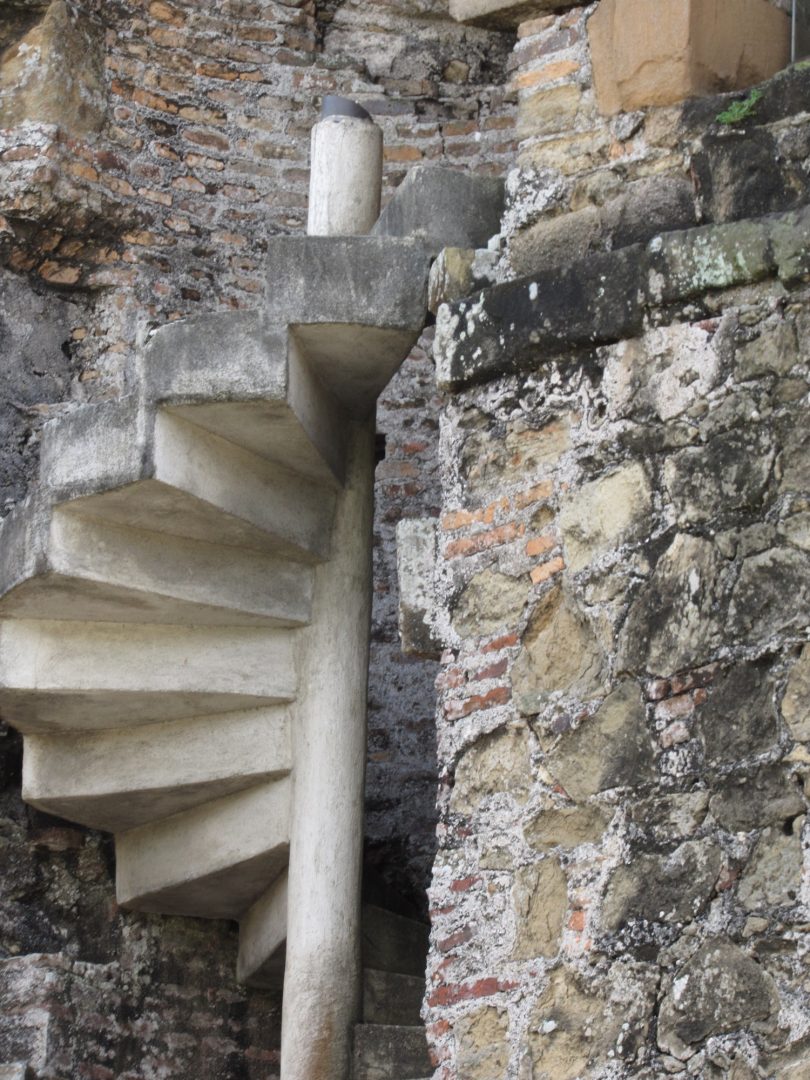
The ‘Conjunto Conventual de la Compañía de Jesús’ was a Jesuit convent founded in 1578. It was made of wood and straw, until it was finally made of stone using money from alms. You can see a circle in a wall that served as a skylight. This hole was a solar disk to measure time.

Panama Viejo is a good place to buy souvenirs
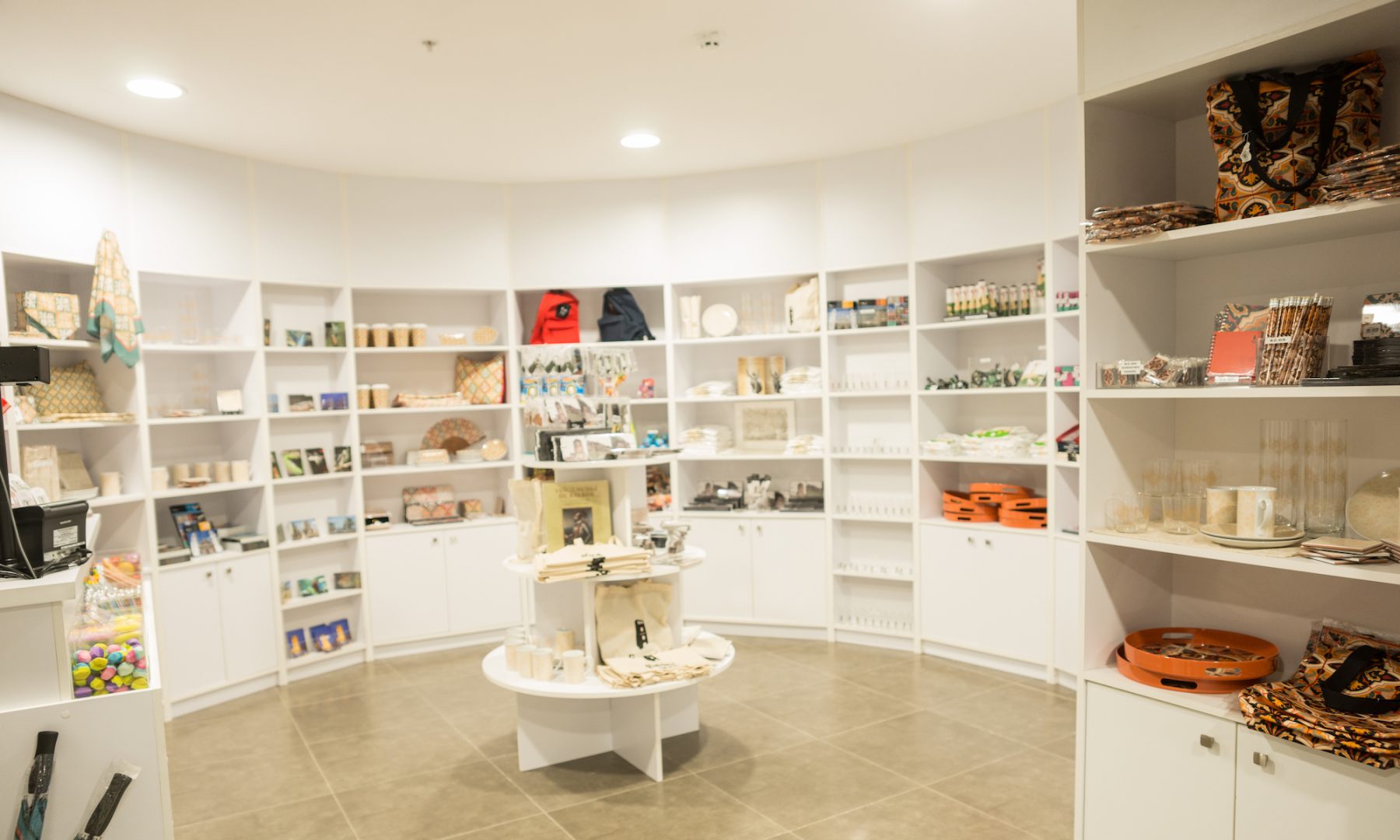
If you are looking for something more autochthonous, the Craft Center of Panama Viejo is at the entrance. This center is managed by the Ministry of Commerce and Industries and has 50 positions on two floors so that artisans can offer their products. You can get crafts typical of indigenous peoples such as the Guna and Embera.
